Henk Mantel: The road goes on and on
January 12, 2013Just over 50 years ago my parents gave me an Asahi Pentax S3. Honeywell Pentax in the States. I was fifteen then and convinced to become a professional photographer. Not that my parents liked this idea of mine, but anyway I got this camera. I was by far the youngest member of the photo club of the Bank at which my father was a computer programmer. In the darkroom of the photo club I learned how to develop film and to enlarge my negatives. Being 16 I wanted to buy a 300 mm Meyer Telemegor, so I had to work six weeks during the summer holidays in a restaurant to earn enough money. (From a drawing in a book about photo hunting I made a wooden rifle butt to mount the Asahi and Telemegor on. It looked so weird that a shopkeeper in the English Midlands grabbed the thing and started to shout to a lady customer who had just left the shop: Madam your son has forgotten his toy.)
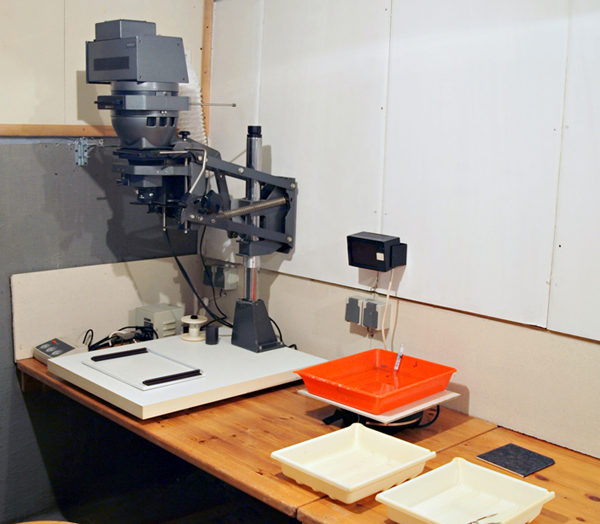
Being eighteen I started with a kind of working apprenticeship in an Amsterdam photo laboratory, making contact prints and enlargements. Six people were sitting in little cabins one behind the other, singing songs, one even smoking his cigars. Colleagues instructing me how to improve on what I was doing. I learned a lot in this pre-Multigrade era. In the evening, being an admirer of the photography of Erich Salomon, I "embarked on a career" as a freelance press photographer at political meetings and tried to sell my photographs. At the same time I began a training course to become a qualified photographer. To be honest, this whole excursion into the world of professional photography turned out to be a disaster. I found it very difficult to make up my mind, to let go of an old dream. Something had to happen to escape from a future that had become utterly unattractive. I didnít make sufficient progress in my abilities, I was definitely in the wrong line of business. Concentrating on presswork? Fighting literally for the best place to take a picture, please no.
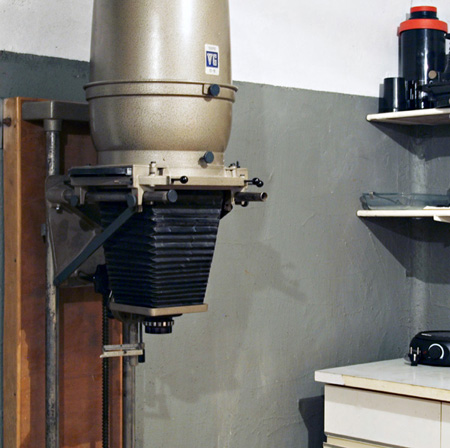
So back to the once-hated school. In the end I got my bachelorís in social work. Then being a real amateur and having time to spare I bought a Philips enlarger and alas, only a short time later the Pentax passed away irreparably and I switched to an Olympus OM 10. Simple, but as long as I could manually control speed settings and diaphragm, it was ok by me. In the early seventies adaptors for M42 to OM bayonet mount were nonexistent. Being frustrated by the fact that I could no longer use my Takumar and Meyer lenses, I took some measurements, sawed off the 42 mount and glued T adapters on. Perfect, with luck I think, but still in use today.
Skipping a lot of years in this story I bought an Olympus E-420. I didnít consider buying anything else because I couldnít possibly imagine being disappointed by an Olympus camera. As usual speed and diaphragm could be set manually, that should be enough, but what I didnít think of before: you canít change the film, so you are stuck with just one piece of electronics, one sensor and that is the heart of the camera. Furthermore using manual focusing is a hit and miss game. Changed focusing screens, no real improvement. Then I got the feeling that prints were not like the BW prints from the past, and on the computer it all seemed strange and far less bright as my projected transparencies. I found the website of a photographer in Finland who mounted vintage lenses on a digital camera. Wanting to copy that straight away I bought a 1930 Voigtlšnder Bessa roll film camera on Ebay. After unpacking the camera it turned out to be so beautiful that it would have been a sin to slaughter it. It was the start of a short period of collecting vintage cameras. Plate, roll film and most important the Ernemann plate cameras of which I now have four. Also a couple of Fotokor plate and small pre-war FED cameras from the former Soviet Union.
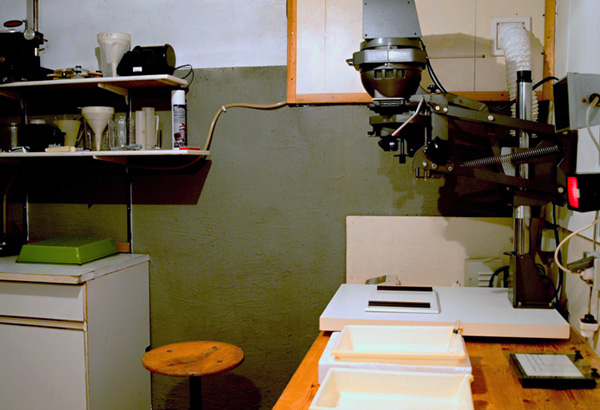
Instead of leaning backward and just looking at these inventions of days gone by, I decided to start to use these survivors of long years and manmade turmoil. Now I had to buy an enlarger that could handle roll film and plates up to 6x9 and one for the 13x18 FK camera and Goertz camera plates. I planned on starting to build a darkroom. Then I got by chance on the website of the Lightfarm. Surprised, enthralled by the beautiful photographs and the special style in which all was presented. Then my goals could be expanded to taking Photographs not only using my vintage cameras but also with the emulsions from the same era. Funny, but when reading the TLF website I feel the urge to stand up and do things. Like speeding up the building of a darkroom in the basement.
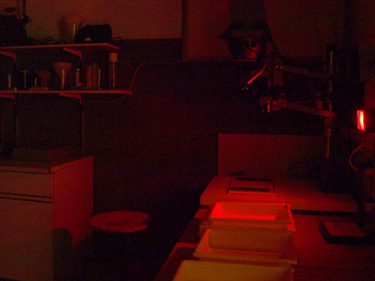
From the basement I had to shift old stuff to the attic. There I had to create space to put it in too. Standing there, looking around me I saw a lot of almost forgotten things I could reuse for my ten by eleven feet darkroom. A five foot long tabletop, a kitchen cupboard to rest the table on. Two cupboards with a top for my hopefully successful coating adventures. Shelves and their wall mountings. Lamps for general lighting.
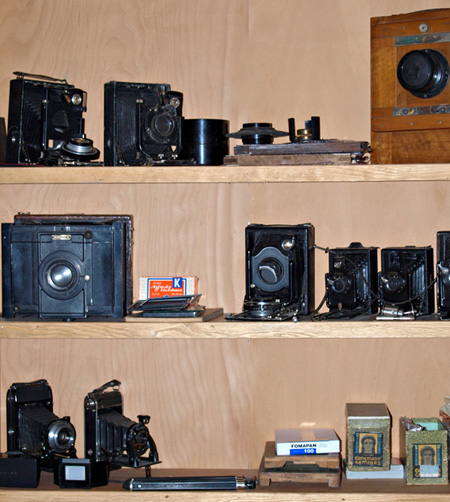
I just had to buy two darkroom lamps, one with a dark red filter; the other lamp with a green one. Found these in good working order including the bulbs for a price of in total just under 10 Euros. I bought a contact printing frame and an enlarging frame for under 10 Euros, 15 including postage. Old cork floor tiles were put on the rough, dusty concrete floor of the cellar, cleaned and painted ceiling and walls, used an old tabletop to make a blind for the window, two of these gypsum wall plates to cover an extremely rough part of the walls.
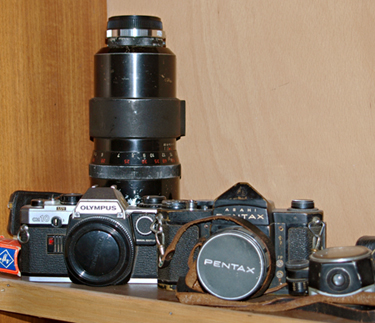
I found my old treasures, developing cans, trays etc. in the box I put them in ten years ago before we moved to the house we live in now. Even the two thermometers were still intact. An old fan and flexible duct pipe take care of a bit more healthy atmosphere. This white, steel spring reinforced ventilator duct pipe glows like mad in the dark. Just sunlight shining through, needs to be replaced or sprayed. In the end I had to buy two double wall sockets and the heater for the developer.
So, the basement is no longer a scary place crammed with old stuff, but a nice and snug place to be in. Ready for the work to come.
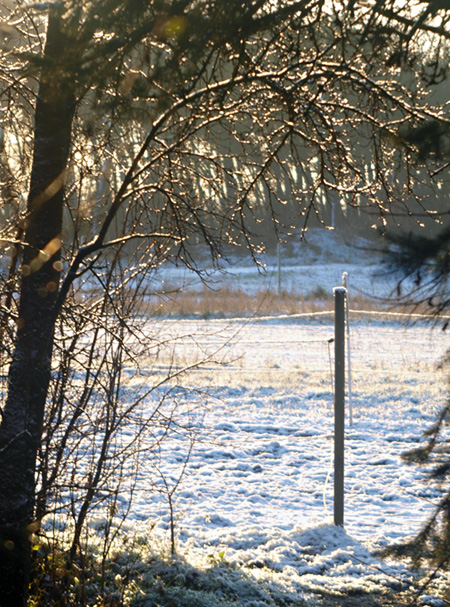
Well, this might have been a bit long story, but I plan to report to the TLF my successes and failures in emulsion making. Some far younger family members will join in too, so about handing down old techniques and preserving them: Chances are that in fifty years time one of my grandchildren might say: "I saw my grandfather doing this, actually I did it then myself. I still could do this. Iím going to do it again." Thatís my long term goal.
Iíve done a lot of things in my life — sailing, gardening, vintage cars, German literature, still having three lovely Haflingers, a cat and a St Bernhard, but photography has always been inexorably emerging to the surface, and now with emulsion making itís here for keeps. In this way, the road goes on and on.
